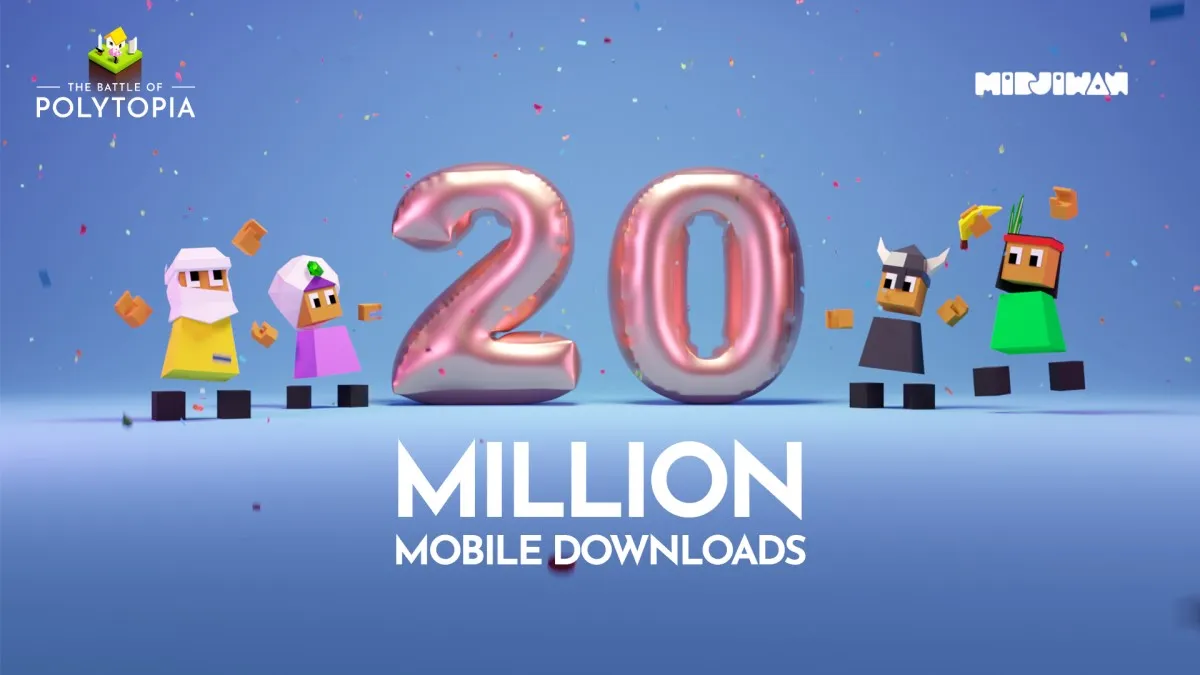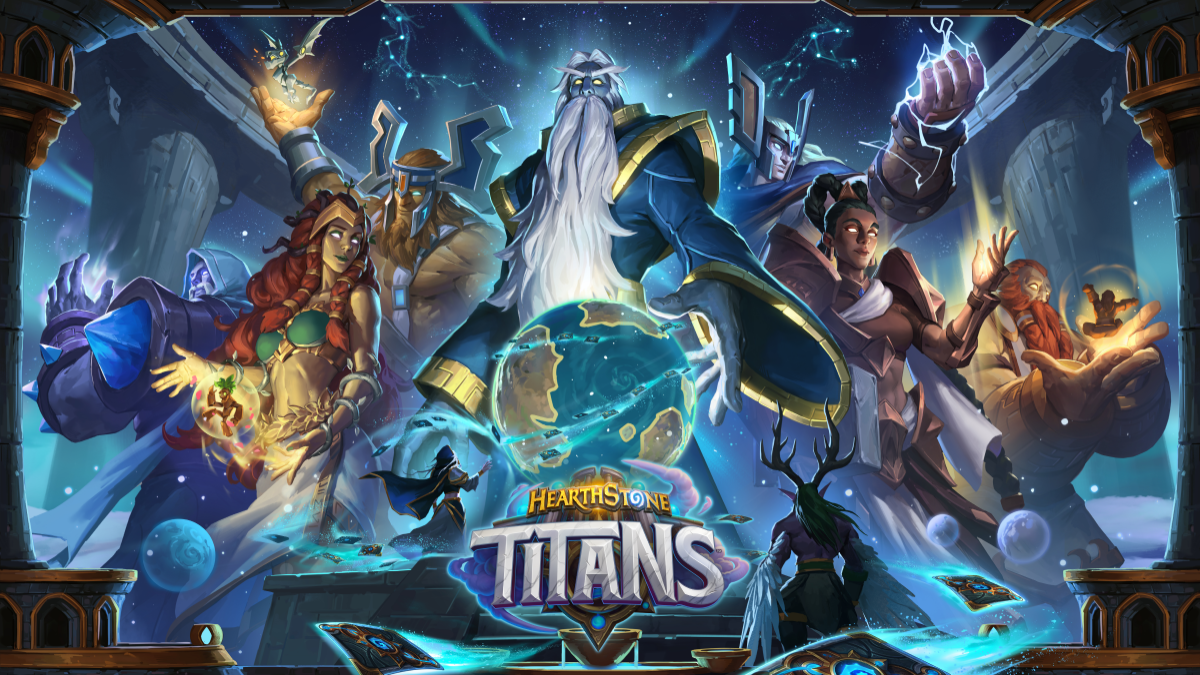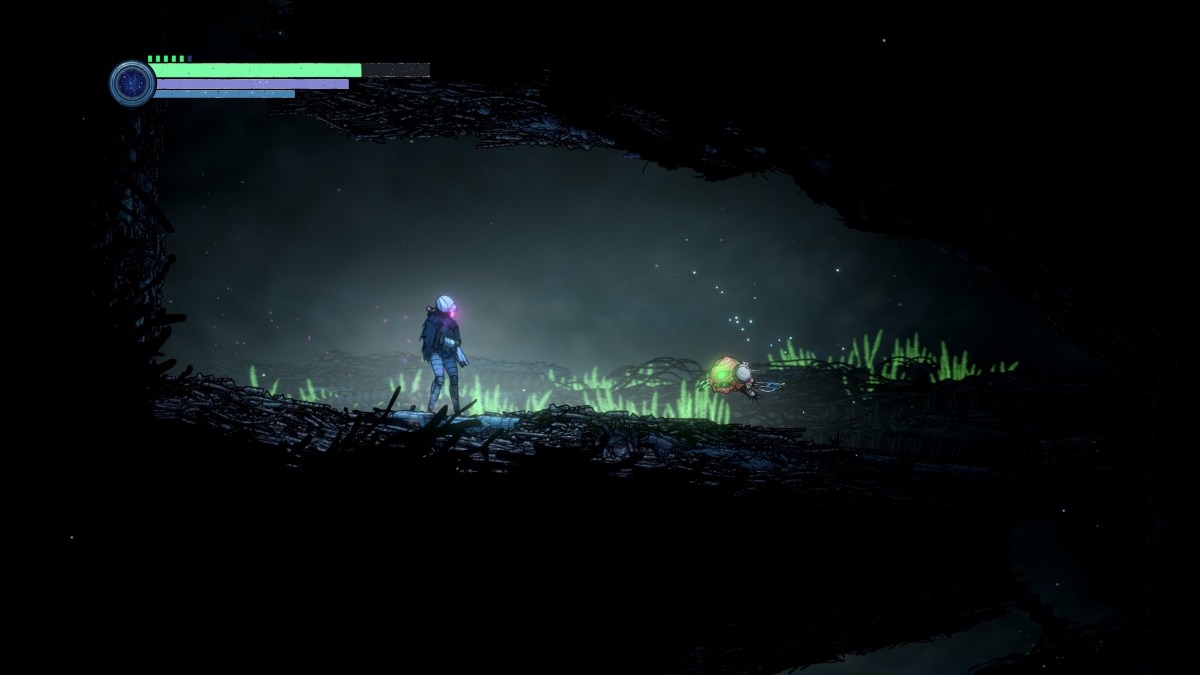In many ways, the story of Cities: Skylines can be seen one of great success for a gamer-friendly passion project. It demonstrates a perfect example of just how high the rewards can be for respecting your audience and making the game that people really want to play.
EA’s SimCity, released in 2013, may have been lightly panned by critics, but it appeared to be absolutely abhorred by the gaming community at large. With over 4500 ratings on Metacritic the game currently has an very poor average user rating of 2.2 (Feb 2016). The two most cited reasons for disliking the title being the always-on DRM – required a constant internet connection to play the game – and the restrictively small land-size given to players to work with.
This left a rather large void in the gaming market for a city builder and, seemingly, Finnish dev studio Colossal Order were more than happy to leap into it. According to lead developer Karoliina Korppoo, they’d always wanted to make a city building game but they wouldn’t have gone up against Maxis if they had released a more classic SimCity title.
‘For us, it was really good that they decided to take a different route,’ Karoliina comments matter-of-factly.
Two years later, Cities: Skylines was released and blew the lid off the genre. There can be no doubt where the current benchmark of quality is for modern city builders; and for once it’s nothing to do with Maxis. Colossal Order had learned about community interaction and the potential of modding from their previous Cities in Motion titles. They took those lessons and more and put together a city simulation game that gamers really wanted.
With a new expansion, Cities: Skylines: Snowfall as well as a free patch for everyone containing new tools and features coming out in a few days, we spoke to Karoliina Korppoo to get an insight into how it all come together.
I did really want to ask why you can’t completely disable Chirper in the base game, but after she commented about loving the new Chirper hats I bottled it.
[powerpress]
PCInvasion: The magnitude of the success of Skylines seemed to be a shock to everyone. Did you get an idea that the game was going to take off like that while you were making it?
Karoliina Korppoo: We’d been making the game for two years when it was released, and when you get into the game and build it, you’re not really thinking ‘this feature will sell’ or ‘this will be the hit game’. You just make the game, do the best you can and then off it goes and you have to see what happens.
There clearly was lots of people who wanted a game like this. There was this audience just waiting for our game, which was absolutely awesome for us. PC games take so long to develop that you’d have to know ahead of time what the situation will be two years from now and that’s not possible, you just have to hope for the best.
We wanted to make the game so it was both for the people who have played a lot of city building games who love the genre and also for the people who don’t know anything about these games. City building is a kind of thing that anyone can relate to. If you just go up to someone and tell them that ‘this is your city, build one, do whatever you like’, they usually have some kind of ideas about what kind of a city they would want to make. It’s not so abstract or obscure as other genres.
We really put lots of effort into making the game accessible to people who aren’t so experienced with these kinds of games.
PCI: When SimCity came out in 2013 a lot of people were disappointed because of how restrictive they felt it was or features such as always-on DRM. This seemed to work quite well in your favour because Skylines was sort of seen as the game this particular community of gamers really wanted. Was filling that gap your intention or did things just work out that way?
KK: When Colossal Order was started back in 2009, what we really wanted to make was a city building game so this was kind of out dream from the beginning to make something like the old SimCity games.
So when we heard that the new SimCity was announced we were like, ‘well, I guess that means we won’t be making any city building games.’ If Maxis makes a new SimCity that’s like the old SimCities, people will play that for the next ten years and we won’t be competing with that kind of company.
For us it was really good that they decided to take a different route, because the new SimCity is very un-SimCity like for a SimCity game. So naturally if you sell something to the audience as a SimCity game and they get something different, they will be disappointed.
What we really wanted to make from the beginning was something like the old SimCities – SimCity 2000 – this was the game that we loved. Skylines was the game that we always wanted to make and if Maxis had made more of a traditional SimCity like game we probably would not have made this game at all. We would have done something different and tried to find another niche to pick in to; something else that we could have done well.
PCI: Skylines has a massive modding community. Was that always your intention to open the game up like that and support modding?
KK: What we saw with our first game, Cities in Motion, was that as we build the game with our own engine it was really open and it was easy to mod, so that’s what people did. They wanted to mod the game, they wanted to create their own things. This made the game more successful. It had a longer life span; we didn’t have to create all the content ourselves. Also we got plenty of feedback on what kind of mods people wanted to play.
Then we switched to Unity, which is a great platform but what we didn’t expect with Cities in Motion 2 is that it’s a closed platform. People can’t mod it and it’s not really realistic to expect modders to buy Unity to create content. Right now I think it’s actually free, so these days it’s different. But back then it’s like, no one was going to buy software to create content. So it meant the game wasn’t as open or creative and the community didn’t like it as much. This was something that we didn’t expect, we were just like, ‘we’ll just get the game out there and people we do whatever like they did with the first one’. But it wasn’t happening with Unity.
So for Skylines we knew that allowing modding was something that really enhances the game. It gives it a longer lifespan, because it is a game about creativity and doing what you like; people need these kinds of tools. We only wanted from the beginning to allow them to create not only the cities but also things for the game. So we decided that we would make these tools.
It is a decision you have to make fairly on in the production. If you have the game ready and then you’re like, ‘let’s add some modding’. That’s not going to happen. It’s so complex. You have to think about it from the beginning and create the tools alongside – the tools that you use to actually make the maps yourselves. We use the same tools in the office as the ones that we give to the players.
It was a really conscious choice. We knew how this would affect the game and we knew that these kinds of players who are drawn to games about self-expression and creativity, they are also the players who want to go deep into the game; to create content, make things, to know how the game works.
PCI: Why do you think some companies turn away from modding?
KK: Well, it is a lot of work. We basically have one programming just for the modding stuff and he doesn’t do anything else because he basically has no time. If we hadn’t put one programmer to do just this, I don’t think the game would have done half as well.
Then again, you can’t really know what’s going to happen in the early stages. Like if the game doesn’t sell so well then you don’t have a large modding community and it might not be worth the effort. I think it’s mainly down to resources. People don’t want to tie one programmer just for this thing that you don’t know early on if it’s going to work.
PCI: Are there any mods you’ve come across that you’ve thought, ‘oh, that would have been quite nice to have in the base game’?
KK: Well, we have one back when the game was released. Within a few days someone had created a mod that allowed the player to change the direction of a one-way road. It was like 25% of all of the players were using this mod. We were like, ‘well, I guess we should have thought about this one’ and the first time you saw it you were like, ‘of course I need this one, I’m not going to bulldoze the road and build another one. It’s right where I want, it’s just the wrong way.’
So we made a small patch and added that to the game. We said thank you to the modder, of course, because it was their work.
We never implement mods as they are but we try to make them better ourselves. Like if we have something we could implement into the UI in a nicer way then we will do it. Clearly if we know that 25% of the players use this feature, it’s most likely something that all of the players would want, but maybe not all of them are skilled enough or don’t like to download mods.
PCI: Are there any restrictions on the kind of mods you might implement into the base game?
KK: We optimised the game so that it works nicely for up to one million citizens. What that means is that we can’t do things that might work really well in the early stages but then break up the game after like 500,000 citizens.
Some of the mods are excellent for the early game, but when you get a large city it might really affect the performance. I think it’s good that people do these kinds of things and they experiment, and we know that a large number of players play only up to 200,000 citizens and this is what they want to do; then they get bored of the city and they want to start a new one. So for those players the mods are really valuable.
Since the game is now one year old we could expect that the players might have better computers and more powerful machines, but then again we have sold the game with the minimum requirements and it’s not something that we can do, ‘It’s one year old. Buy a new computer. We’ve changed the game.’
I know a lot of people are talking about raising limits for buildings and agents but even if we wanted to we have sold a product that works on a certain kind of set-up and it would be super-nasty for the players who have that kind of a set-up to just update the game and say, ‘it’s not working any more.’
PCI: Just out of interest, have you ever had and urban planning professionals comment to you on the game?
KK: City planners are really interested in the game because they’d like to use it as a tool for actually doing that. Of course, it is a game and we wanted to make something fun. It’s not realistic. Running a real city is not as much fun as a game should be.
Then again, I know that some city planning people use it as a visualisation tool so that they can easily show ‘this is the city and if we put a bridge here, this is what it would look like’.
The traffic system is actually quite realistic because it was much easier to just look at how traffic really works and try to add that to the game than coming up with a whole new system of how things move. So for small areas you could have realistic-ish… it’s not 100% accurate… but you could model small areas of a cities and have it work kind of like it would in the real world.
PCI: I’ve noticed that one of the most efficient ways to get traffic to flow is to avoid having traffic lights. Of course, in real life that would be dangerous but since there’s no road collisions in the game it works. Are collisions something you’ve thought about adding?
KK: Yes. We might be implementing something like that at some point. When you have two years to make a game you’ll have to make a nice base game and then expand, because in two years you can’t make all the things that you want, at least for this size of a game. So we have to leave some things out and this was something that we felt might be something that we add later if we have the time and if it fits well with some other features.
Collisions would be something that would really liven up the city and they would guide the players to using traffic lights and these kinds of things.
Because one of the really efficient ways to make a city is to just use the gravel roads because they don’t have any traffic lights so the traffic flows really nicely. Then again, you only have the two lanes so once it gets to a certain point you just don’t have enough room for all of the traffic on those roads.
But we really wanted the system to be quite flexible so that if you want to make the perfect city with just gravel roads, why not? It’s your city, you can make it.
So there are these interesting loopholes and weird ways to do things, because it is about the creativity so just for the players finding out that there is this kind of amazing type of loophole that you can make things happen in a different way, it’s quite rewarding. So not all of these loopholes need to be fixed. If you have only one way to beat the game, that’s not really what we want; that’s not interesting. You need to have several ways to get to the same conclusion.
PCI: The Snowfall expansion is coming out in a few days which adds winter-themed maps and a host of other features. Interesting, a lot of these features, including the weather effects, thematic modding tools and a new public transport UI, will be updated in the base game, and so will essentially be free for people who don’t buy the expansion. Why did you decide to do things like that?
KK: We want to give free stuff to the players as well and we’re lucky that our publisher feels the same way. We always try to combine a free update with an expansion so that all the players get something even if they’re not interested in the paid expansion content.
Just having the free stuff alongside the paid things is something that we find is a really good strategy because we like our players, we want them to come back to the game and play some more. So whenever we can we want to give out some free stuff too.
PCI: Do you see a peak of players coming back after you release these kinds of patches?
KK: Absolutely. I don’t have any specific numbers but usually when something new is released people at least come back for a few minutes to check out what the new things are.
Keeping all of the people happy is good. Of course, complaining about the things we do, that’s also part of the community. They want to discuss things that they would do better. That’s absolutely fine. We want to hear their ideas. We want to discuss the things we make with them. We can’t make all of their wishes come true, but we still want to know what they want.
PCI: Where would you like to go next with Skylines, looking into the more distant future?
KK: We will keep working with Skylines for hopefully a long time. As long as it’s a good choice to keep working with this game. Eventually the technology will become too outdated, but that will not happen in a few years. So doing a lot with Skylines, that’s what we want to do. We have a good base game and we want to expand.
The players have such good ideas about what we could do that we have endless lists of things. So there is still a lot which we can do for this game.
In the future, I’d say that we’ll definitely continue with something related to cities and traffic because that’s what we know how to do. Of course it’d be fun to try something completely new, but our players know that this is what we do in a certain way that they like and we want to give them more of the same type if they’d still like to have something.
PCI: So you’re hopeful that Skylines will receive updates and expansions for the next few years?
KK: Yeah.
Update: The PC Invasion Snowfall review is now available.












Published: Feb 17, 2016 09:00 am